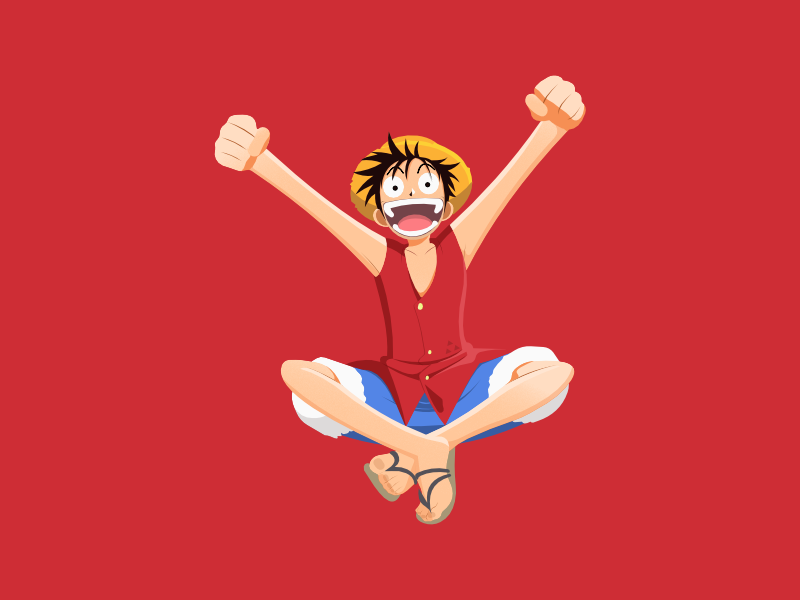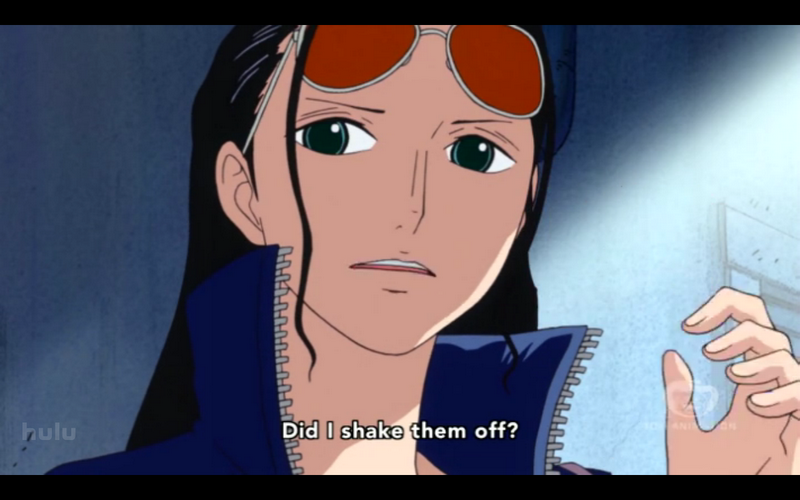


So my advice is to regularly check & discuss the character progress not by looking at individual characters, but by comparing the entire lineup.Įven if the characters have wildly different shape language and proportions (maybe especially then), you need to compare them. This happened to the two female characters especially. To make sure the art style & designs of the characters, props & environments are consistent and work together.Īny time we focused our efforts on one character or left others behind, the whole lineup suffered. You have to work on all major characters at the same time! What we repeatedly did wrong and taught us a hard truth is: but you didn't keep it.Īll final characters except for the chunky snail used in the night sequences. Just imagine feedback comes in that the sculpt you had a week ago actually worked better. So shader & geometry nodes can help a lot here.Īnd of course create versions! Keep old files and models around. I’d even say that adding detail should be done as procedurally and non-destructive as possible. The earlier this happens the better! Work IterativelyĪll of this said, the story can change a lot during your work.ĭon’t rush ahead and start sculpting in detail before the design is approved. So the story or design needs to be adjusted. With their huge caps that becomes impossible. Like that the Sprites will have to be visible from certain angles, or even hold hands. If you are aware of that then you will spot the issues in the character designs. Storyboards are often not on-model or spatially consistent. There have been a few tests for each character to see if the character designs will work in planned shots. What parts are seen up close? (Minimum level of detail).What props are they interacting with? Are they able to?.Is anything stopping them from moving or acting properly? (Outfit & proportions).How do they move? (Animation style & level of realism).So be aware of what your character needs to be able to do: Some characters might only be in a few shots with very little interactions. You need to be constantly aware of what is required of them in the storyboard. The characters don’t get created in isolation. Only once you need to hand over the sculpts for some early rig/animation tests, layout work or the final retopology. Put them into a production ready T-pose later. I was the only sculptor for 13 characters and we still got to do all this. And keep in mind we are a very small team. Yes! Sculpting your designs and trying stuff out in 3D will not take too much time. Sculpting it won't take too much time!?".
LUFFY CHARACTER DESIGN OVER TIME UPDATE
These sculpts are too hard to update and maintain of course.īut don't think now: "Well why not just draw this. If you want to take it to the next level then take a bit of time to use the Pose Brush and Transform tools in Sculpt Mode.Ī character in a proper pose & expression can really help solidify the design! Use soft Studio viewport shading or Eevee for lightingĮxperiment even more to *really* sell the design and find the right direction.Add at least a subtle expression fitting to the character.When the director needs to approve your work it will be unnecessarily hard if the sculpts look dead and just completely without … character. That also means showing the design over creating a model that can efficiently be retopologized and rigged. Your job as a sculptor is to create an appealing character design in 3D. Straight, orthographic turntables or turnaroundsĪ comparison of how I presented sculpts at the start of the production vs later on.So try to avoid these common sins when presenting your sculpts: Sculpting is primarily a design task, not a production step! This is a lesson I finally had to get hammered in. This then informed us on the ideal level of detail. While the sculpting was still very early, Simon tested procedural textures on the sculpts. So we even had early shading, rigging, animation and environment exploration with the characters as soon as possible. There are of course many artists that can convey a design perfectly in 2D.īut this won’t tell for sure if it actually works in the movie.Īnd it's incredibly useful if the sculpts are always available to the entire team. Sculpting early on in Blender saves time instead of wasting it. From there we kept bouncing back in 2D & 3D, adjusting and exploring the design until we came to the result that worked best.

It showed us a lot that didn't work in the design, so we changed it.Īfter Ricky Nierva completed his initial concepts we immediately jumped into 3D.Ī couple of days of sculpting can tell you a lot about what works and what doesn’t in your 2D drawing.


 0 kommentar(er)
0 kommentar(er)
